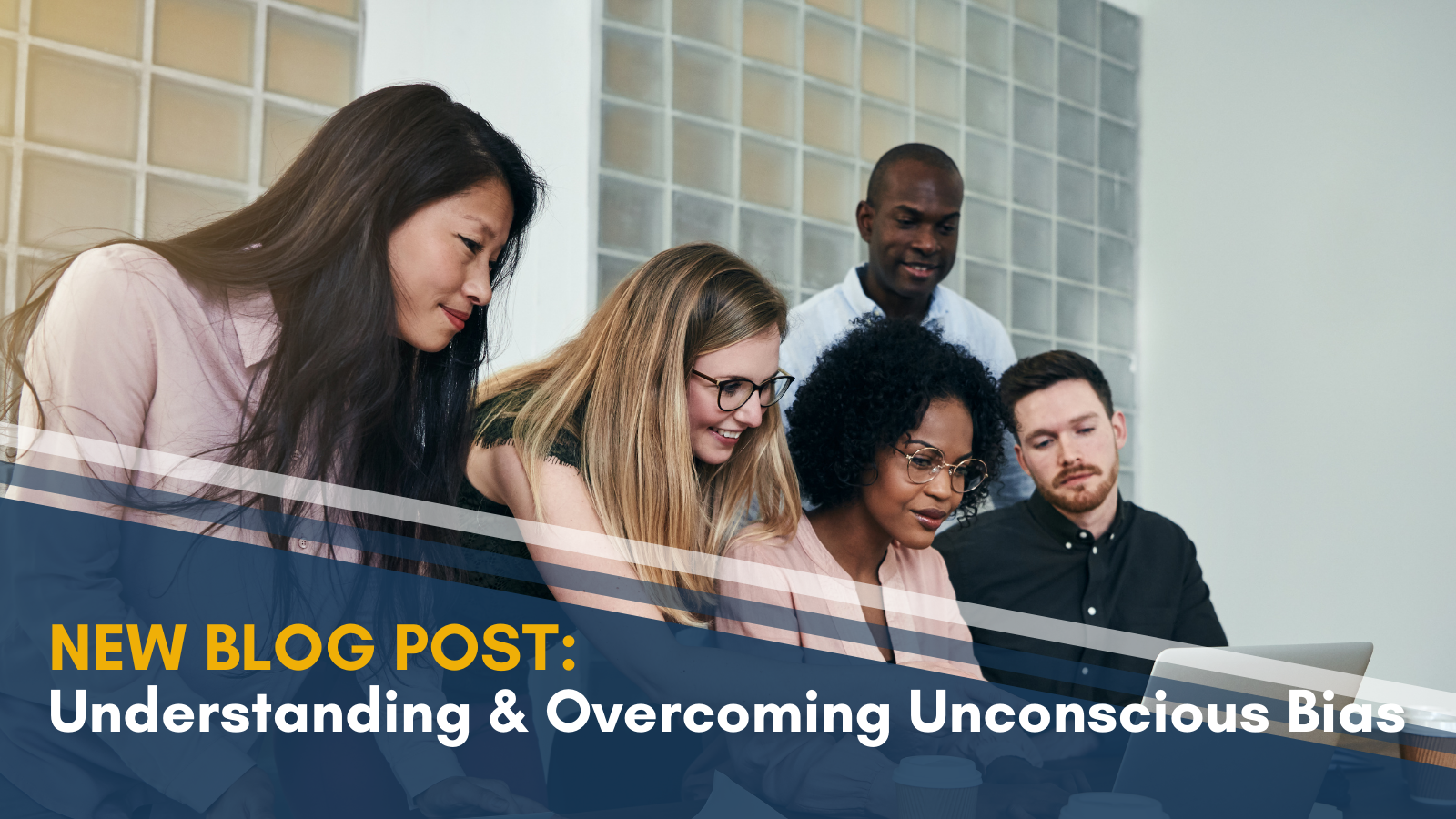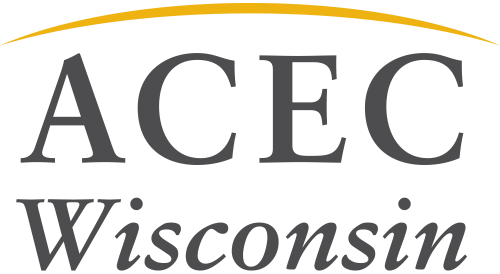Understanding and Overcoming Unconscious Bias

Session two of our diversity and inclusion series focused on the important topic of unconscious bias.Through her presentation that included lively discussions and breakout sessions, Deborah Biddle, of The People Company, provided attendees with a better understanding of bias and its sometimes-unconscious impact on our behaviors and interactions, and therefore our workplaces.
What is unconscious bias?
“Implicit – or unconscious – bias refers to the attitudes or stereotypes that affect our understanding, actions, and decisions in an unconscious manner.”
Unconscious bias is universal, and it sits outside of our awareness/control. It’s influenced by our background, cultural environment, personal experiences, and media consumption. And it influences, through quick judgments and assessments, what we think and feel about a situation, person, or group of people.
Bias is not innately bad. We all carry biases that help us navigate a world where we’re overwhelmed with stimuli and decisions.
 A statistic featured in the presentation highlighted that our brains receive 11 million pieces of information every second, but they are only able to process 40 pieces of information in that time. So, in many instances, biases can serve as unconscious mental shortcuts that help us process information.
A statistic featured in the presentation highlighted that our brains receive 11 million pieces of information every second, but they are only able to process 40 pieces of information in that time. So, in many instances, biases can serve as unconscious mental shortcuts that help us process information.
When does bias become a problem?
When that bias positively or negatively impacts someone else and creates an unfair advantage or disadvantage. Deborah’s presentation clearly illustrated the negative impact of bias in the workplace in that it “encompasses what most people think of as ‘stereotypes’ and ‘prejudices’ as well as that long list of ‘isms’ that plague our workplaces on a daily basis. From sexism to racism to ageism and lookism, these types of bias impact us all.”
During our session, we were exposed to some common forms of bias:
- Perception Bias – The tendency to form stereotypes/assumptions about certain groups that make it impossible to make objective judgments.
- Affinity Bias – The tendency to warm up or give preferences to people in our in-group (people like us).
- Confirmation Bias – The tendency to seek information that supports/confirms our pre-existing beliefs.
- Explicit Bias – The attitudes and beliefs we have about a person or group on a conscious level.
- Implicit Bias – Another name for unconscious bias, defined above.
We can all think of situations where bias can have a negative impact in the workplace, hiring, compensation, promotion, and many others.
Overcoming Unconscious Bias
What can we do to overcome our unconscious biases? To put it simply: intent, introspection, and investment.
Intent
Overcoming bias requires intention. This means intentionally and consciously connecting to someone different from us. It also means behaving in ways that oppose what our unconscious biases may tell us, and leaving our comfort zone and expanding our networks.
Introspection
It also requires introspection. Part of overcoming unconscious bias is examining our own conscious thoughts and feelings, prejudices, and biases. The willingness to do so removes some of the barriers that keep us from connecting with different people.
Investment
And lastly, it requires investment. We need to commit time and energy to creating or strengthening the relationships we have with individuals and groups in our workplaces.
 One more takeaway from our second session: Deborah shared a TED Talk where Mellody Hobson, president and co-CEO of Ariel Investments, makes the case for being “color brave.” As described by Mellody, and supported by Deborah, being color brave entails having candid conversations about race that help us better understand each other’s perspectives. Importantly for the workplace, this also includes speaking openly about diversity in hiring – not only because overcoming those barriers created by biases removes some of the advantages or disadvantages some candidates face, but when challenges arise or when innovative solutions are needed, it’s ideal to have a diverse group with diverse perspectives.
One more takeaway from our second session: Deborah shared a TED Talk where Mellody Hobson, president and co-CEO of Ariel Investments, makes the case for being “color brave.” As described by Mellody, and supported by Deborah, being color brave entails having candid conversations about race that help us better understand each other’s perspectives. Importantly for the workplace, this also includes speaking openly about diversity in hiring – not only because overcoming those barriers created by biases removes some of the advantages or disadvantages some candidates face, but when challenges arise or when innovative solutions are needed, it’s ideal to have a diverse group with diverse perspectives.
So be intentional in connecting with others, be introspective in analyzing your own thoughts and feelings, invest time in the relationships you have, and be “color brave.”
ACEC Wisconsin is sponsoring this series. Two additional sessions are scheduled, and I encourage you to sign up and learn more about these topics.
Learn more about upcoming diversity and inclusion modules:
Preventing Workplace Microaggression
About the Guest Blogger
 Josh Borst is a Marketing Specialist at Ayres Associates. Josh is a member of the ACEC Wisconsin Public Relations Committee and the Leadership Institute Class of 2022. This Diversity & Inclusion Training series was offered as bonus content to the Leadership Institute Class.
Josh Borst is a Marketing Specialist at Ayres Associates. Josh is a member of the ACEC Wisconsin Public Relations Committee and the Leadership Institute Class of 2022. This Diversity & Inclusion Training series was offered as bonus content to the Leadership Institute Class.
